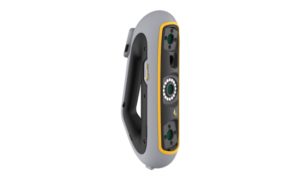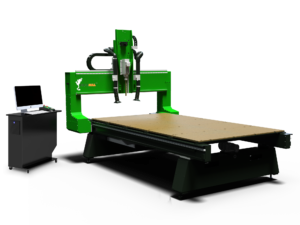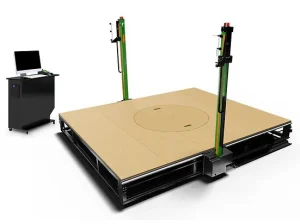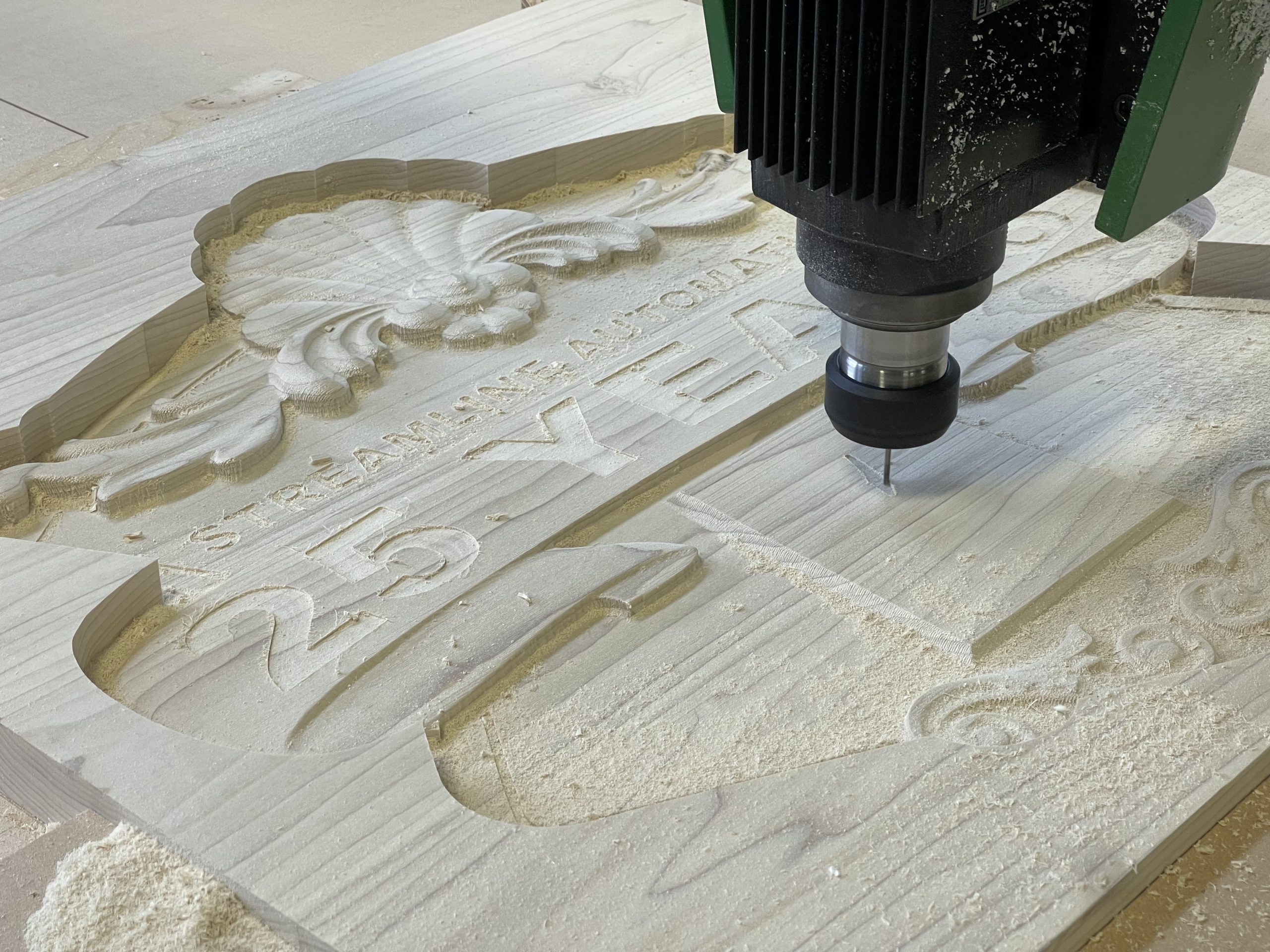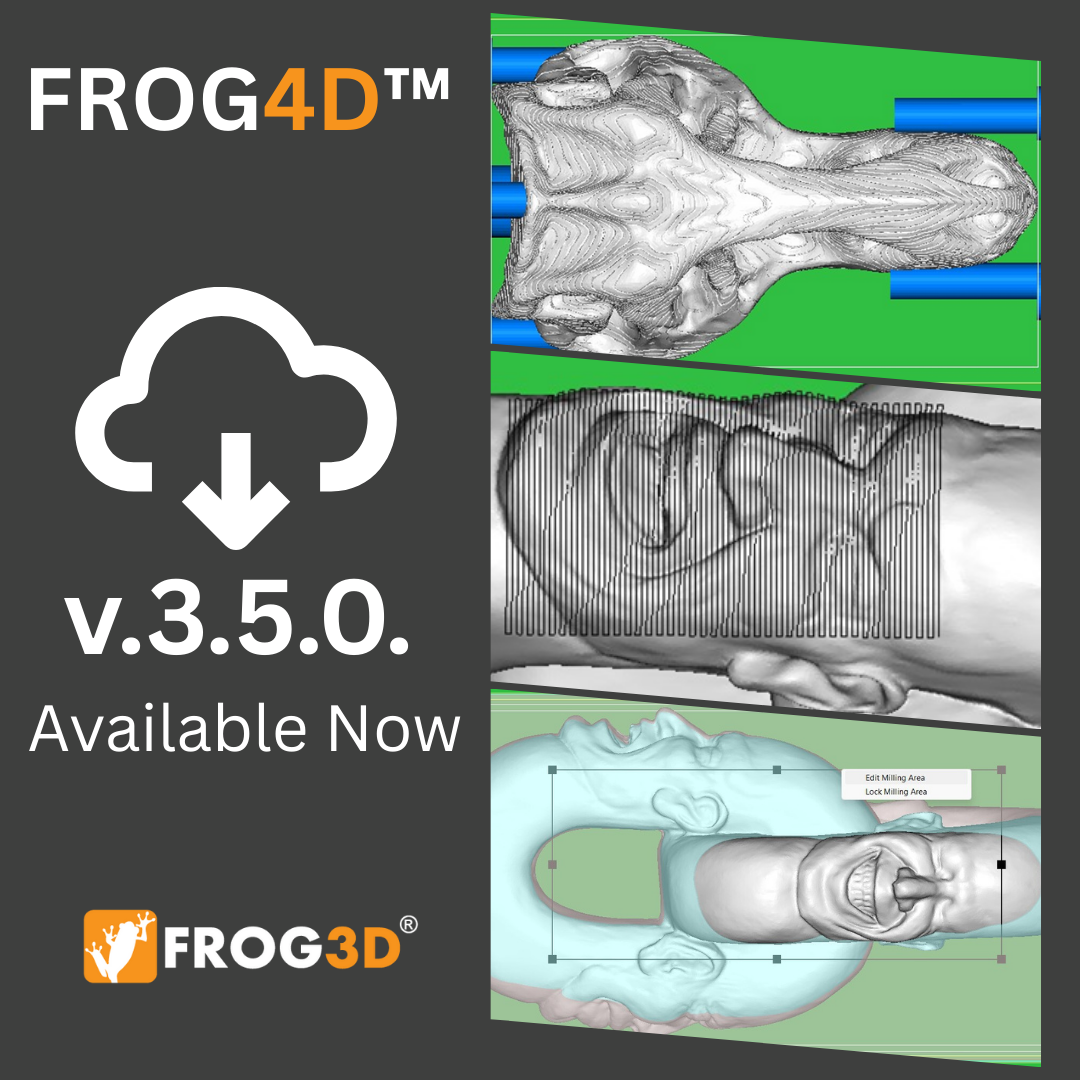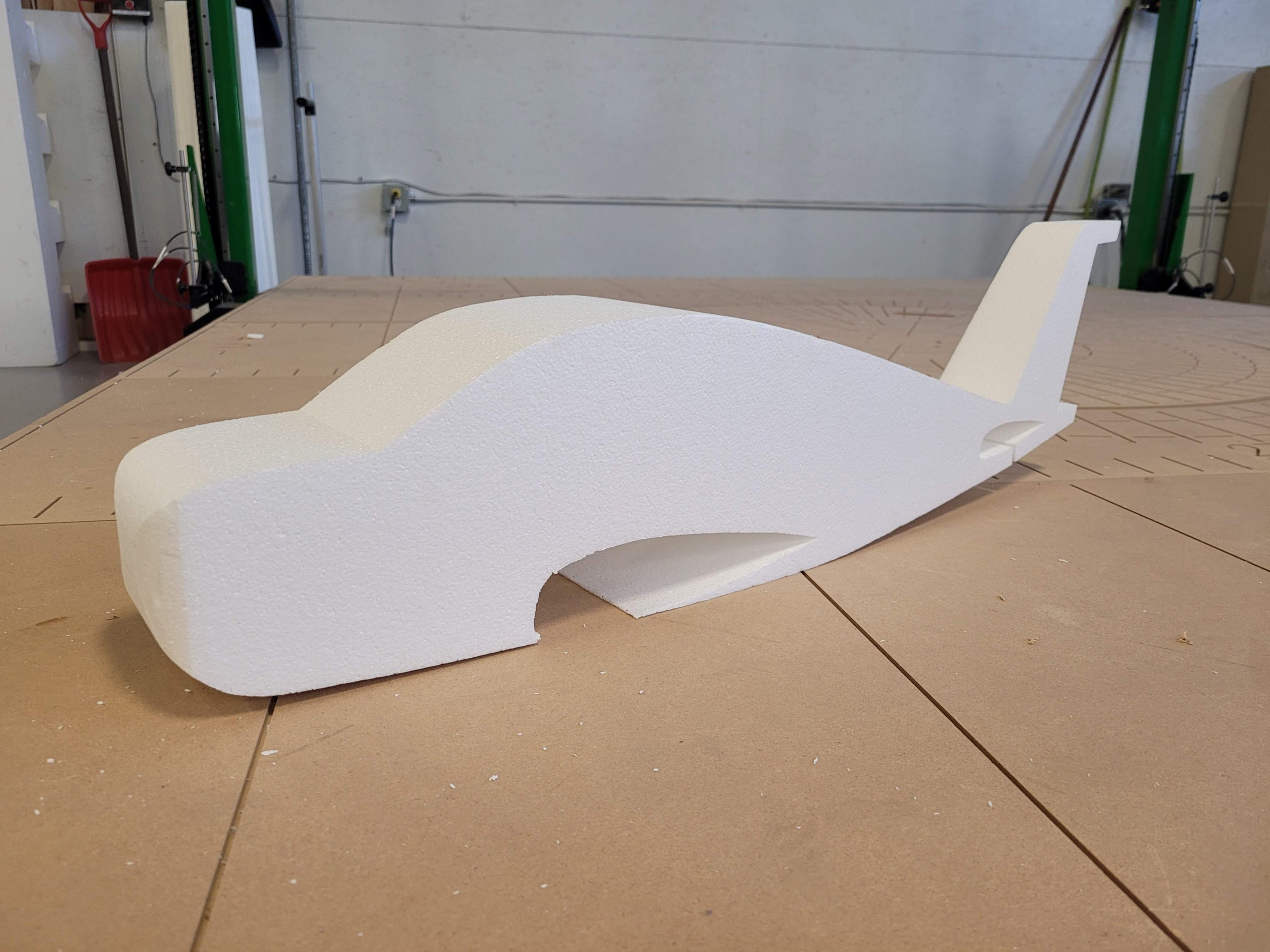CNC machining is a pillar of modern manufacturing, renowned for its unmatched precision and efficiency in producing complex components. However, the true effectiveness of CNC technology hinges on stringent quality control and inspection processes to ensure that every part adheres to exact specifications. This comprehensive overview explores the critical role of quality control in CNC machining, highlighting the methods, technologies, and best practices essential for maintaining the highest production standards.
Table of Contents
What is Quality Control in CNC Machining?
CNC machining quality control and inspection involves employing precise instruments and techniques to ensure that the final output meets rigorous industry standards and regulations. The primary objective of quality control is to minimize errors by accurately identifying and addressing potential issues. Without CNC machining quality control, defective parts can result in significant financial losses and a negative industry reputation.
Quality Control Parameters in CNC Machining
CNC machining relies on computer-controlled precision tools to transform raw materials into various parts and components. The quality of these components is determined by several critical parameters that ensure they meet specified standards and function as intended.
Dimensional Accuracy and Tolerance
Achieving the correct dimensions is essential in CNC machining, as even minor deviations can render a part unusable, particularly in precision industries such as aerospace or prototyping. CNC machining quality control processes involve measurement checks to ensure dimensional accuracy before a component is used in the final product. Instruments such as micrometers, calipers, and coordinate measuring machines (CMM) are employed to gauge these dimensions. Additionally, factors like tool wear and machine calibration can affect the precision of a machined component, making regular inspections crucial for maintaining quality.
Surface Finish and Roughness
The surface finish of a part plays a significant role in its functionality. Surface finish refers to the texture and quality of the machined part’s surface, while surface roughness measures the fine irregularities on the surface, typically quantified in microinches or micrometers. The condition of the cutting tool, material properties, and feed rate, all influence the resulting surface finish, highlighting the importance of careful control during machining.
Material Hardness and Strength
Material hardness and strength are critical factors that influence both the suitability of a material for CNC machining and the wear on tools. Material hardness refers to a material’s resistance to deformation or scratching, while material strength is determined through tensile, compressive, and shear tests, describing how much force a material can withstand without breaking or deforming. Selecting the appropriate cutting tool and machining parameters based on the material’s hardness is vital for achieving efficient machining and high-quality outcomes.
Addressing CNC Machining Quality Control and Inspection Challenges
Effectively preventing and correcting quality control issues in CNC machining requires a clear understanding of common challenges which include the following:
- Dimensional Inaccuracies: Any deviation from the specified dimensions can compromise the functionality of the part.
- Surface Finish Defects: Imperfections on the surface can negatively impact both the appearance and performance of the part.
- Material Defects: Inconsistencies or impurities in the raw materials can result in part failures.
- Tool Wear: Worn-out tools lead to parts with inaccurate dimensions and poor surface finishes.
Machine Tool Errors: Mechanical problems within the CNC machine can cause defects in the final product. - Programming Errors: Incorrect CNC programming can result in parts that fail to meet the required specifications.
In addition to the above, CNC machining, despite its advanced capabilities, can present quality control and inspection challenges such as the following:
Tight Tolerances
Parts with extremely tight tolerances require inspection methods with equally high precision. It is crucial to ensure that the inspection equipment is calibrated to the necessary level of accuracy, as even minor deviations can result in significant issues.
High-Volume Production
In high-volume production, inspecting each part individually is often impractical. While sampling inspection is commonly used to check only a portion of the parts, this approach risks missing defects in those that aren’t inspected.
Inspection Techniques in CNC Machining
Effective quality inspection of CNC machined parts involves various methods and technologies to evaluate dimensional accuracy, surface finish, and material properties. Here are some key inspection techniques:
Coordinate Measuring Machines (CMM)
Coordinate Measuring Machines (CMMs) are essential for dimensional inspection in CNC machining quality control. They provide precise and automated measurements for complex geometries and tight tolerances. Utilizing both tactile and non-contact probes, CMMs capture dimensional data which enables thorough 3D metrology and geometric verification. Manufacturers use CMMs to inspect critical features, validate dimensional accuracy, and generate detailed reports to ensure parts meet specified requirements.
Non-Destructive Testing (NDT)
Non-destructive testing (NDT) methods, including ultrasonic testing and magnetic particle inspection, assess the structural integrity and material properties of CNC machined parts without causing damage. These techniques use physical principles, electromagnetic fields, or ultrasonic waves to detect internal flaws, inclusions, or discontinuities, ensuring the reliability and soundness of the components.
The Significance of CNC Machining Quality Control and Inspection
The role of CNC machining quality control and inspection is crucial to ensure product integrity, customer satisfaction, and operational efficiency. Explained below is why CNC machining quality control is so significant:
Verification of Accuracy
The primary objective of CNC machining quality control is to ensure that machined parts meet specified dimensions, tolerances, and surface finishes. Even minor deviations can lead to product failures, particularly in high-precision applications. Regular inspection is essential to confirm that parts adhere to these precise requirements.
Customer Satisfaction
Consistently delivering products that meet or exceed customer expectations is vital for building long-term relationships and trust. Effective CNC machining quality control helps achieve this by ensuring that each product is manufactured to the highest standards.
Cost Reduction
Early detection of defects through CNC machining quality control can prevent scrap and rework, leading to significant reductions in production costs. Identifying and addressing issues early in the process is key to minimizing financial losses. Prototyping parts helps with cost reduction as well as it allows for a single prototype to be completed and tested to ensure quality and design has been met effectively before proceeding into production.
Process Improvement
Data gathered from CNC machining quality control inspections provides valuable insights into the manufacturing process. This information helps identify areas for optimization and enhances overall process efficiency. By analyzing inspection data, manufacturers can make informed adjustments to improve quality and performance.
Process Control
Implementing CNC machining quality control at various stages of production allows manufacturers to detect issues early, enabling corrections before additional parts are produced. This proactive approach helps maintain consistency and reduces waste, contributing to a more efficient production process
Best Practices for CNC Machining Quality Control and Inspection
To maintain consistent high quality, CNC machining companies follow these best practices:
Preventive Maintenance
Regular maintenance of machines helps prevent breakdowns and ensures that equipment performs optimally. Scheduled upkeep is crucial for sustaining high-quality production.
Operator Training
Investing in comprehensive training for operators is essential for producing high-quality parts and ensuring effective CNC machining quality control. Skilled operators are better equipped to handle complex tasks and maintain precision, which is crucial for achieving consistent quality.
Supplier Quality Management
Effective collaboration with suppliers is necessary to ensure the consistent quality of raw materials. Managing supplier quality helps maintain high standards throughout the production process.
Documentation
Accurate and clear documentation is vital for traceability and analysis. Maintaining detailed records supports quality control efforts and provides valuable insights for future improvements.
By adopting these best practices, CNC machining companies can enhance product quality, reduce costs, and establish a strong reputation for excellence.
Advanced CNC Machining Quality Control with FROG3D® System Components
Streamline Automation’s FROG3D® System provides a cutting-edge solution for enhancing CNC machining quality control. Its various components play a critical role in achieving superior accuracy, consistency, and efficiency. The FROG3D® System can work with a wide range of materials from foam to harder materials such as HDU and acrylics, and this versatility ensures that CNC machining quality control is maintained across different materials. an in-depth look at how FROG3D®’s technology integrates with quality control processes:
Streamline Automation’s High-Precision Equipment and Tools
The FROG3D® System includes advanced measurement tools that provide exceptional precision for dimensional inspection. These tools can accurately capture detailed geometric data, allowing for rigorous CNC machining quality control. By integrating high-precision measurement with CNC machining, manufacturers can ensure that parts meet exact specifications and tolerances.
The FROGScan™ Flash – Peel 3 is a digital 3D scanner equipped with high-resolution laser sensors that scan the surface of the machined parts to create detailed 3D models. This tool captures precise geometric data including complex contours and intricate details. The FROGScan™ Flash – Peel 3 can be used to verify that parts conform to the exact design specifications. For example, in a production line where foam parts are machined for architectural models and components, the FROGScan™ Flash – Peel 3 can ensure that all dimensions and surface features match the CAD design and identify any deviations from the required tolerances. The following are accuracy details and key specifications for FROGScan™ Flash – Peel 3:
Measurement Accuracy
The measurement accuracy of the FROGScan™ Flash – Peel 3 is impressively high, with a notable precision of 0.02 mm (20 microns). This exceptional level of accuracy underscores the scanner’s capability to capture minute dimensions and intricate details of scanned objects with remarkable precision. Such fine accuracy ensures that the scanner can effectively handle complex and detailed measurements, making it a valuable tool for applications requiring meticulous attention to detail.
Resolution
The FROGScan™ Flash – Peel 3 boasts a resolution of up to 0.01 mm, which supports highly detailed and intricate scans. This fine resolution capability is crucial for applications that demand meticulous attention to detail, allowing for precise and accurate representations of complex geometries. This level of resolution ensures that even the smallest features and nuances are captured, making it an invaluable tool for detailed machining and scanning tasks.
Repeatability
The FROGScan™ Flash – Peel 3 ensures exceptional repeatability, delivering consistent results across multiple scans. This capability is crucial for maintaining CNC machining quality control and precision in various industrial applications. By providing reliable and repeatable measurements, the FROGScan™ Flash – Peel 3 supports accurate and dependable outcomes, making it a valuable tool for ensuring uniformity and high standards in manufacturing and quality assurance processes.
Measurement Range
FROGScan™ Flash – Peel 3 accommodates a versatile measurement range, which renders it suitable for scanning both small and large objects. The flexibility which FROGScan™ Flash – Peel 3 provides ensures that the scanner can meet diverse application requirements, whether it is dealing with intricate and small-scale items, or larger and more complex objects. This scanner’s diverse adaptable measurement range enhances its utility across various industries and applications, thus enabling the capability to handle a wide array of scanning tasks.
Scan Speed
The FROGScan™ Flash – Peel 3 is engineered to provide high-speed scanning capabilities, significantly boosting productivity. This advanced scanning speed is achieved without sacrificing accuracy, ensuring that detailed and precise data is captured efficiently. By balancing rapid performance with high-quality results, the Flash-Peel-3 optimizes operational efficiency and supports effective, time-sensitive tasks.
These features contribute to the capability of FROGScan™ Flash – Peel 3 to deliver precise and detailed 3D scans, making it an essential tool for industries requiring high accuracy and detailed measurements.
The FROGMill™ by Streamline Automation represents a cutting-edge solution in precision milling, tailored to meet the demands of applications requiring intricate geometries and complex designs. This advanced milling machine is engineered to deliver exceptional precision and operational efficiency supporting CNC machining quality control and making it ideal for both simple and sophisticated machining tasks:
Accuracy
The FROGMill™ achieves an impressive accuracy of +/-0.05 mm. This level of precision is essential for executing detailed and exact results, ensuring that the final product adheres to stringent specifications and quality standards. Such accuracy is particularly important in industries where precise measurements and fine tolerances are critical.
Repeatability
With a repeatability of +/-0.01 mm, the FROGMill™ guarantees consistent performance across multiple operations. This high degree of repeatability ensures that each machining cycle produces identical results, which is crucial for maintaining quality control and reliability in production processes.
Resolution
The milling machine offers a resolution of 0.01 mm, enabling the execution of highly detailed and complex machining tasks. This fine resolution allows for the creation of intricate designs and geometries with exceptional clarity and precision.
Tool Path Accuracy
Advanced technology integrated into the FROGMill™ ensures that tool path accuracy is maintained within specified tolerances. This contributes significantly to the overall precision of the milling process, enabling the machine to produce components that meet exacting standards and reduce the likelihood of errors during manufacturing.
FROGWire™
The FROGWire™ stands out as a superior foam cutting machine due to its advanced features designed for precision, versatility, and efficiency in foam processing. Its high-quality features support CNC machining quality control methods, and is engineered to deliver exceptional cutting accuracy and consistent performance across a range of foam types and applications:
Precision Cutting
The FROGWire™ excels in precision with its cutting accuracy of +/-0.1 mm, ensuring that each cut meets stringent specifications. This high level of accuracy is crucial for applications requiring exact dimensions and intricate designs, such as custom foam components or prototypes.
Versatile Cutting Capabilities
Equipped with a cutting wire that can handle various foam densities and thicknesses, the FROGWire™ adapts seamlessly to different foam materials, including polyurethane, polystyrene, and more. This versatility makes it suitable for a wide range of applications, from prototypes to artistic and architectural elements.
Efficient Operation
The FROGWire™ boasts high-speed cutting capabilities that enhance productivity, enabling rapid processing of large volumes of foam without compromising on quality. This efficiency is supported by its advanced control system, which ensures smooth operation and reduces the need for manual adjustments.
User-Friendly Interface
Designed with an intuitive user interface, the FROGWire™ simplifies operation and setup, allowing for easy programming and adjustment of cutting parameters. This ease of use reduces training time and increases overall workflow efficiency.
The Role of Training in CNC Machining Quality Control
At Streamline Automation, we understand that CNC machining quality control is not solely about leveraging state-of-the-art equipment—it is about the expertise and precision that skilled operators and inspectors bring to the table. Our commitment to excellence means we not only utilize advanced technology but also invest heavily in the people who make it all work.
To keep pace with the rapid advancements in technology and evolving industry standards, Streamline Automation offers comprehensive training programs that are designed to ensure that CNC machine operators are always equipped with the latest techniques, tools, and a deep-rooted understanding of quality control.
Conclusion
Incorporating Streamline Automation’s FROG3D® CNC machining capabilities into your manufacturing process ensures that quality and precision are upheld throughout production. By leveraging accurate and precise equipment manufactured with the highest performance standards, businesses can reduce downtime, minimize manual intervention, and consistently achieve high standards of accuracy and surface finish with each run to enhance operational efficiency, ensure product quality, and keep manufacturers competitive in a rapidly evolving industry. Contact us today to learn more!

